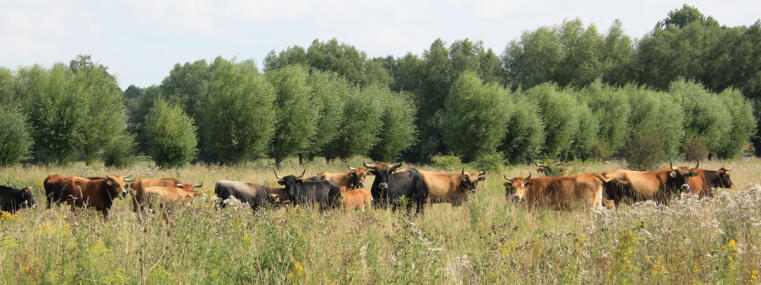Year-round grazing projects in Northwestern Germany
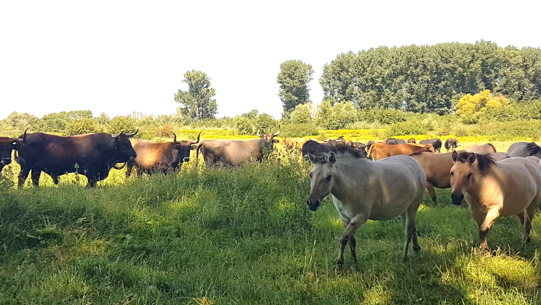

To form structure-rich half-open landscapes, year-round grazing with large herbivores has become a common tool in nature conservation in the Netherlands and Germany. Such grazing systems can suit alternative for traditional low-intensive management practices like mowing or wood pasture, but can also be based on the megaherbivore hypothesis.
Except some early pioneer projects most year-round grazing projects were started since the 1990s in Germany, primarily on former agricultural land. Meanwhile there are hundreds of them in Germany alone and they are increasingly also installed on nutrient-poor soils of former military training areas or mining sites.
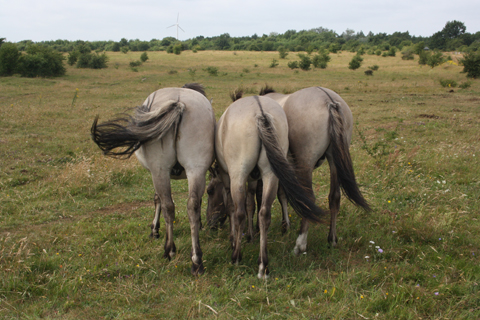
For planning and evaluation of grazing projects scientific monitoring is urgently necessary. However, despite the increasing significance in nature conservation this is often poorly done and a general overview over the processes and effects of year-round grazing is missing.
This study aims at questions of general structure and diversity patterns within year-round grazed sites, of the ad- and disadvantages of year-round grazing compared to other management measures and of fodder availability and grazing patterns. Also, practical implications for planning of future grazing projects are developed. Therefore, we have performed field studies within several year-round grazing projects in Northwestern Germany and the Netherlands since 2012.
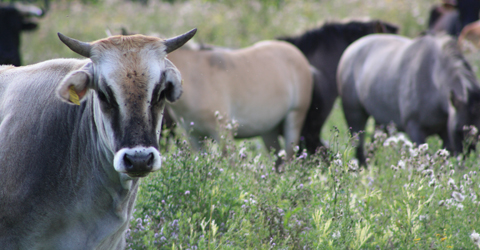
Comparative studies of vegetation of extensive (year-round grazed) pastures and other land use types
Influence of grazing management on the development of woody species
Influence of different grazing animal species on the vegetation of different systems
Influence of wildlife on vegetation
Importance of endozoochory for the dispersal of species
Seasonal land use and feeding behavior of grazing animals
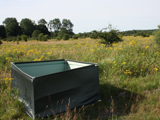
To study the impact of year-round grazing compared to other management measures, we chose a neighboured comparison site per year-round pasture. For nutrient-rich sites these were seasonal grazed pastures, for nutrient-poor sites we chose fallows.
Based on aerial photographs and field surveys we defined structural types from vegetation for each site. Within each structural type we perfomed 3-4 vegetation relevées and Orthoptera sampling plots and took biomass and soil samples.
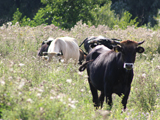
For the evaluation of the floristic success of year-round grazing, not only comparative studies to other management measures, but also long-term studies within single sites are necessary. Within some pastures, marked permanent plots were compiled at the beginning of the grazing project. To investigate the long-term effect of the year-round grazing on vegetation structure and species composition, we re-recorded the vegetation at these plots.
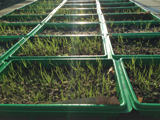
Herbivores do not only influence vegetation by trampling and feeding, but are also able to disperse seed endozoochorily and thus to stimulate patchily changes in plant species composition. Implementing seedling experiments of seeds within dung of cattle and horses we studied the impact of this way of dispersal on the establishment of target species, for instance.
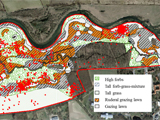
Cattle foraging patterns influence or change vegetation, but on the other hand feeding habits are presumably also depending on the vegetation. At year-round grazed sites cattle are optimally able to get enough food during the whole year. This means that there has to be an oversupply of plant biomass during the vegetation period. Thus, the grazing animals can freely choose their foraging places, for example by fodder quality. We installed a GPS-tracking of single cattle and sampled biomass every two month on four year-round pastures, to investigate in how far feeding patterns, biomass quality and fodder quality seasonally, and maybe also in dependence of each other, change.
Students were and are involved in the project. If you are interested in a project or thesis within this project, please contact Denise Rupprecht.

